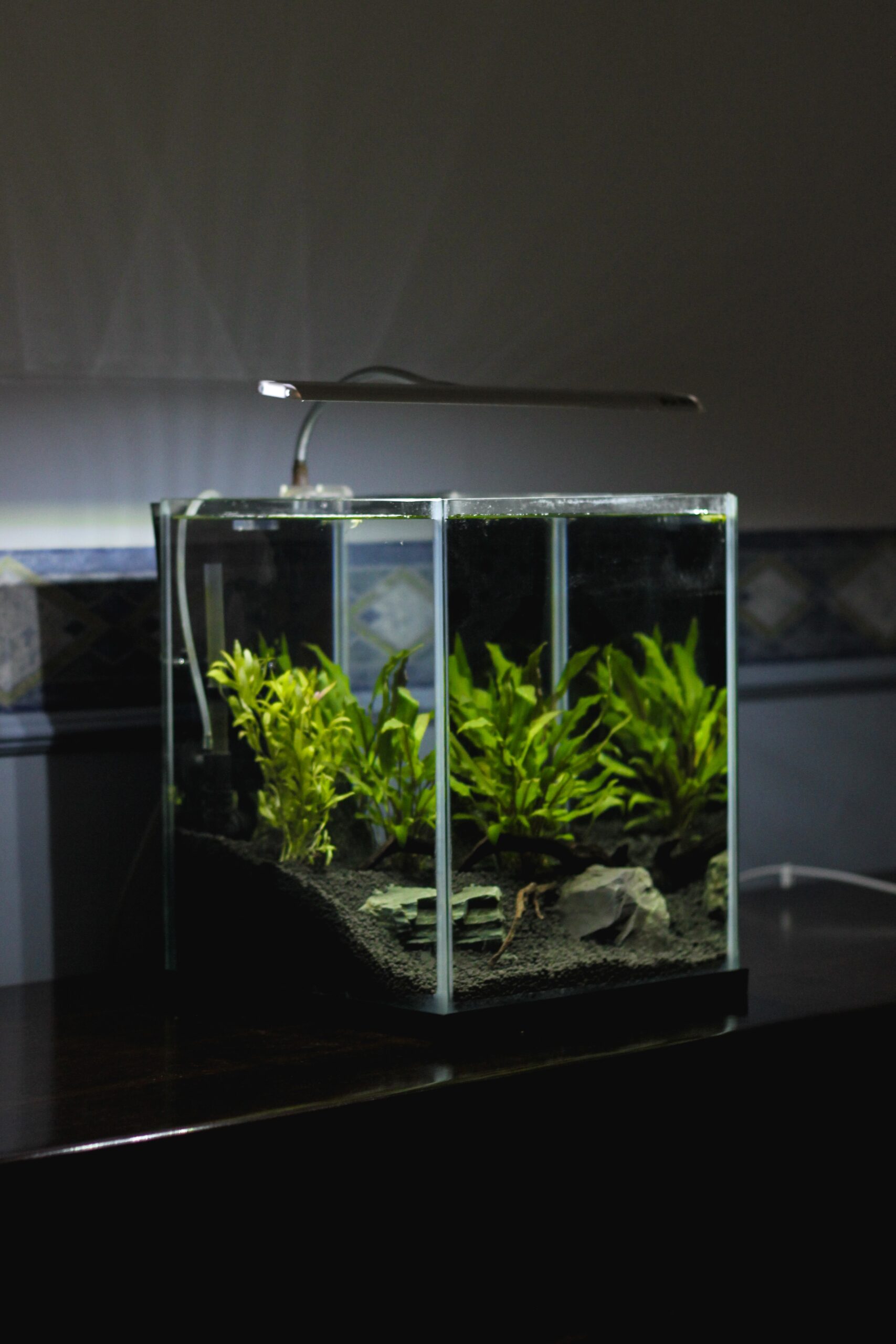Are you looking to enhance the aesthetics and functionality of your aquarium while promoting the well-being of your aquatic friends? The choice of aquarium substrate is a crucial decision that goes beyond mere decoration. In this extensive guide, we’ll delve into the world of aquarium substrates, exploring various types, their benefits, and how to choose the right one for your specific aquatic setup.
The Importance of Aquarium Substrate
Aquarium substrates serve as the foundation for your aquatic environment, impacting not only the visual appeal of your tank but also playing a vital role in the overall health of your fish and plants. Let’s embark on a journey through the diverse world of aquarium substrates, examining their unique characteristics and the considerations to keep in mind when selecting the perfect substrate for your aquarium.
- Biological Filtration: The substrate plays a crucial role in the nitrogen cycle, hosting beneficial bacteria that break down waste into less harmful compounds.
- Plant Growth: For planted aquariums, the right substrate is essential for anchoring plants and providing essential nutrients.
- Aesthetic Appeal: Different substrates can dramatically alter the appearance of your tank, ranging from natural riverbed looks to more artistic and colorful arrangements.
Types of Aquarium Substrates
1. Gravel
Gravel is a popular and versatile substrate choice. Available in various colors and sizes, gravel allows for easy cleaning and provides a stable base for decorations.
2. Sand
Sand is favored for its fine texture and natural appearance. It’s an excellent choice for bottom-dwelling fish and is ideal for creating a more authentic aquatic environment.
3. Crushed Coral
Crushed coral is composed of crushed seashells and coral skeletons. It’s known for its ability to raise and buffer pH levels, making it suitable for aquariums with fish that prefer slightly alkaline conditions.
4. Substrate Planted Tanks
Specialized substrates designed for planted tanks provide essential nutrients for plant growth. These substrates often contain iron, nitrogen, and other micronutrients to support aquatic plants.
5. Sandy Loam Soil
A natural substrate option, sandy loam soil is rich in nutrients and promotes plant growth. It’s commonly used in planted aquariums with a focus on creating a more natural ecosystem.
6. Clay-Based Substrates
Clay-based substrates are excellent for planted tanks, offering a porous structure that promotes root growth. They also contribute to the overall biological filtration of the aquarium.
7. Laterite
Laterite is a red clay-rich substrate that provides essential iron for plant growth. It’s often used as a bottom layer in planted aquariums.
8. Coral Sand
Derived from crushed coral skeletons, coral sand is similar to crushed coral but has a finer texture. It’s suitable for marine aquariums, contributing to the maintenance of alkaline pH levels.
Considerations for Choosing the Right Substrate
- Aquarium Type: Consider the specific requirements of your aquarium, whether it’s freshwater, saltwater, planted, or a combination. Different substrates cater to distinct aquatic environments.
- Fish Species: Some fish species have specific substrate preferences. Bottom-dwelling fish, such as catfish, may prefer sandy substrates, while others may thrive in gravel or planted substrates.
- Plant Requirements: If you have a planted tank, choose a substrate that provides essential nutrients for plant growth. Planted tank substrates often contain components like iron, nitrogen, and potassium.
- pH and Hardness: Certain substrates, such as crushed coral, can influence the pH and hardness of the water. Consider the natural preferences of your fish and plants when selecting a substrate.
- Aesthetic Preferences: The visual appeal of your aquarium is essential. Choose a substrate that complements the overall theme and desired look of your tank.
How to Set Up Aquarium Substrate
- Cleaning: Rinse the substrate thoroughly before adding it to the tank to remove dust and debris. This step ensures a clean and clear aquatic environment.
- Layering: Depending on the type of substrate, layer it appropriately in the tank. For planted tanks, consider adding nutrient-rich substrate as a bottom layer.
- Aquascaping: Arrange the substrate to create slopes, hills, or other features to enhance the aesthetic appeal of your tank. Consider adding decorations and rocks for added interest.
- Planting: If you have live plants, carefully plant them in the substrate, ensuring their roots are well-covered and receive the necessary nutrients.
Maintaining Aquarium Substrate
- Regular Vacuuming: Use a gravel vacuum during water changes to remove debris and prevent the buildup of detritus in the substrate.
- Monitoring pH and Hardness: Regularly test the water parameters to ensure that the substrate is not altering the pH and hardness beyond the tolerances of your fish and plants.
- Fertilization: For planted tanks, supplement the substrate with additional fertilizers as needed to provide essential nutrients for plant growth.
Common Mistakes to Avoid
- Not Rinsing Substrate: Failing to rinse the substrate thoroughly can result in cloudy water and an accumulation of debris in the tank.
- Choosing the Wrong Substrate: Selecting a substrate without considering the needs of your fish and plants can lead to unfavorable conditions in the aquarium.
- Neglecting Regular Maintenance: Proper maintenance, including vacuuming and water testing, is essential for preventing issues such as nutrient imbalances and detritus buildup.
Choosing the right aquarium substrate is a critical aspect of creating a successful and thriving aquatic environment. Whether you opt for gravel, sand, or specialized planted substrates, understanding the unique characteristics of each type and considering the specific needs of your fish and plants will lead to a visually stunning and healthy aquarium. Dive into the diverse world of aquarium substrates, and watch as your aquatic ecosystem flourishes with vitality and beauty. Happy fishkeeping!


cialis soft tabs flow – cialis soft tabs pills aloud viagra oral jelly dollar